THE PERENNIAL GARDEN — PLANT ONCE, HARVEST FOR YEARS
As humans became sedentary and began cultivating for food, annual plants began to play an increasing role in our kitchens. Prior to this, mainly perennial plants that could be foraged from the immediate environment were used for sustenance. At the Future Farm, we want to get back to the roots, to look back to this spectrum of nourishing plants to discover unusual and exciting foods to enrich our everyday culinary experience.
You can see this concept in our perennial garden. The garden has space for a rich diversity of more than 80 different perennial vegetables. In addition to familiar plants like asparagus, rhubarb, and artichokes, we also have many unusual or even unknown veggies in the garden, like crosne, cicely, edible chrysanthemums, sea kale, eschalots, and many other varieties from the Arche Noah (www.arche-noah.at), a group specializing in plant diversity.
Perennial vegetables have a great many advantages:
—Once established, they require very little care yet still deliver reliable harvests year after year.
—Their tendency to delve deep into the layers of the earth with their extensive root systems increases the nutrient levels in the edible parts of the plant.
—The one-time planting keeps the earth intact and there is no need to dig up every year.
Their strong root systems and storage organs make them resilient to weather extremes, drought, and insects.
Many well-known decorative plants can also be eaten, for example day lilies with edible flowers. You can create a real paradise garden!
Our perennial garden also has an ecological herb spiral at its center. Its stone walls provide plants and insects alike a welcome place to thrive.
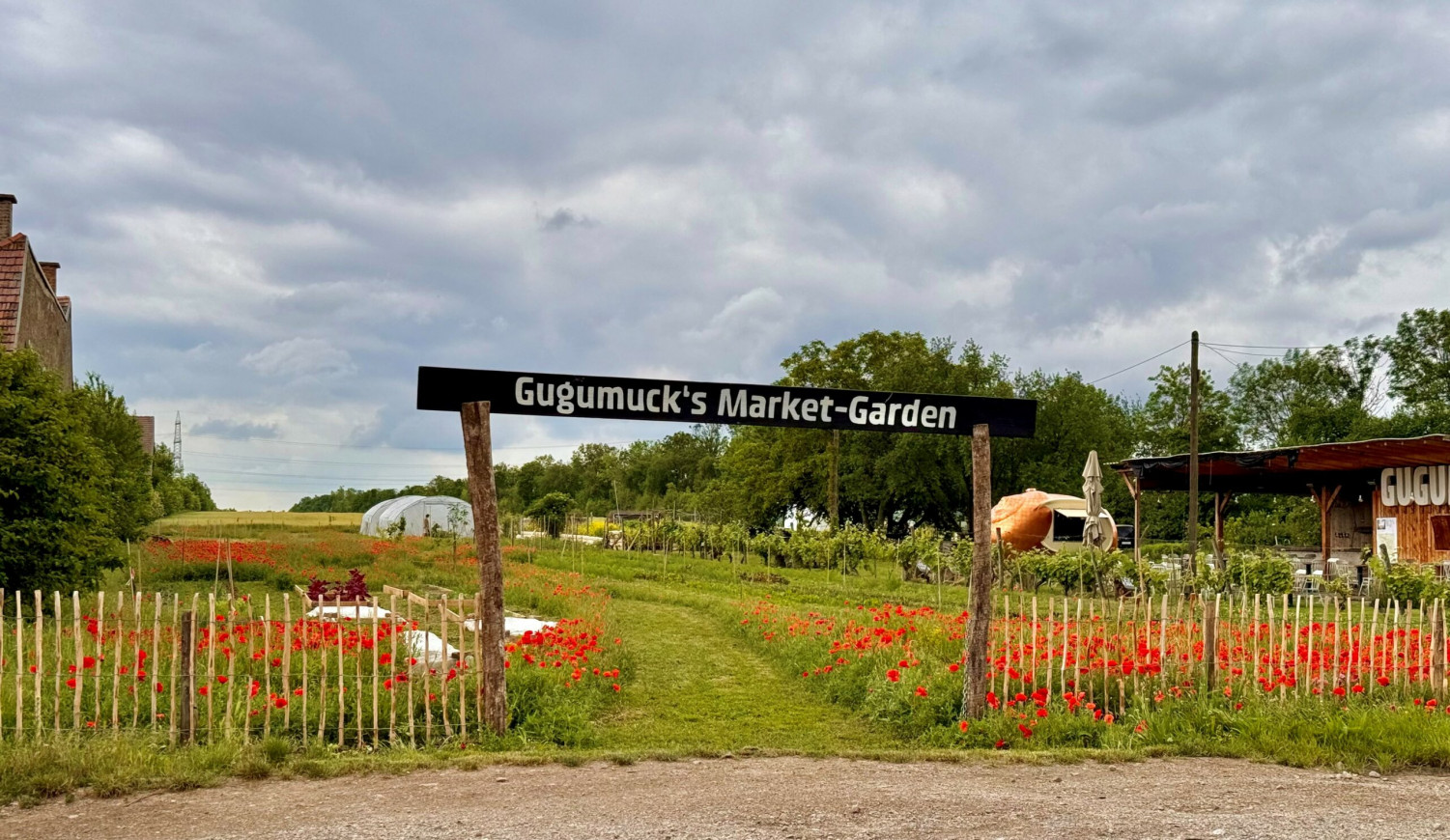


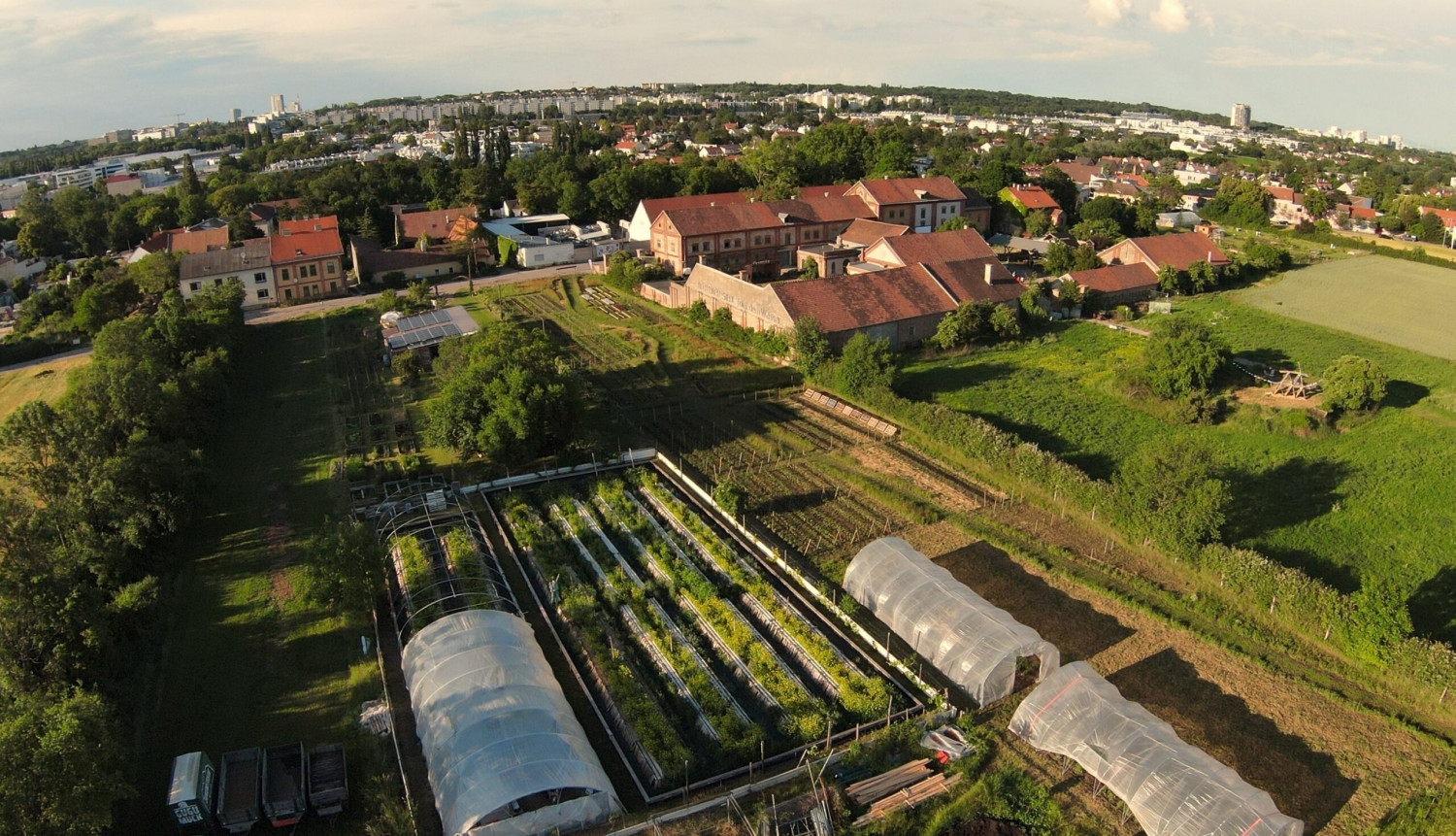


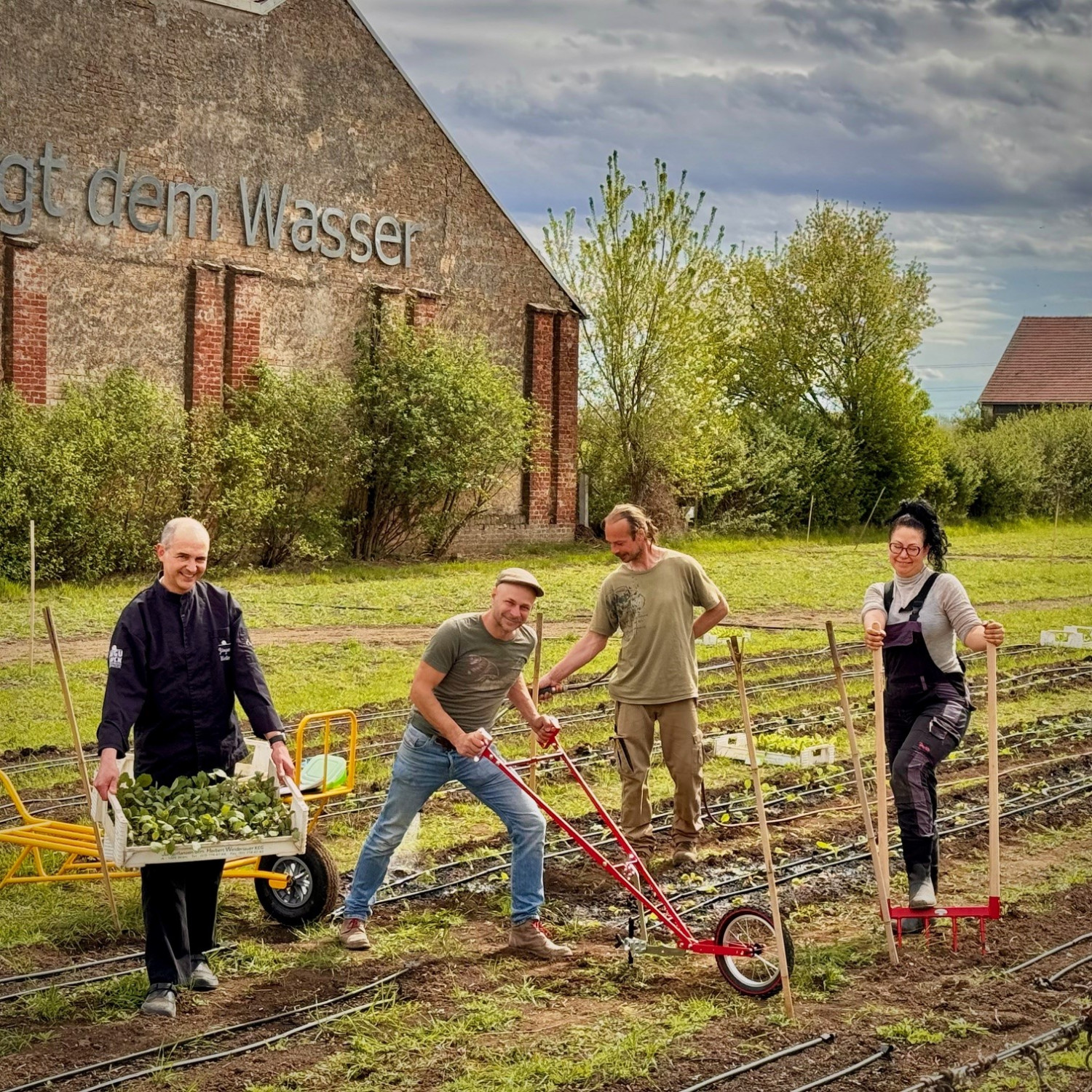




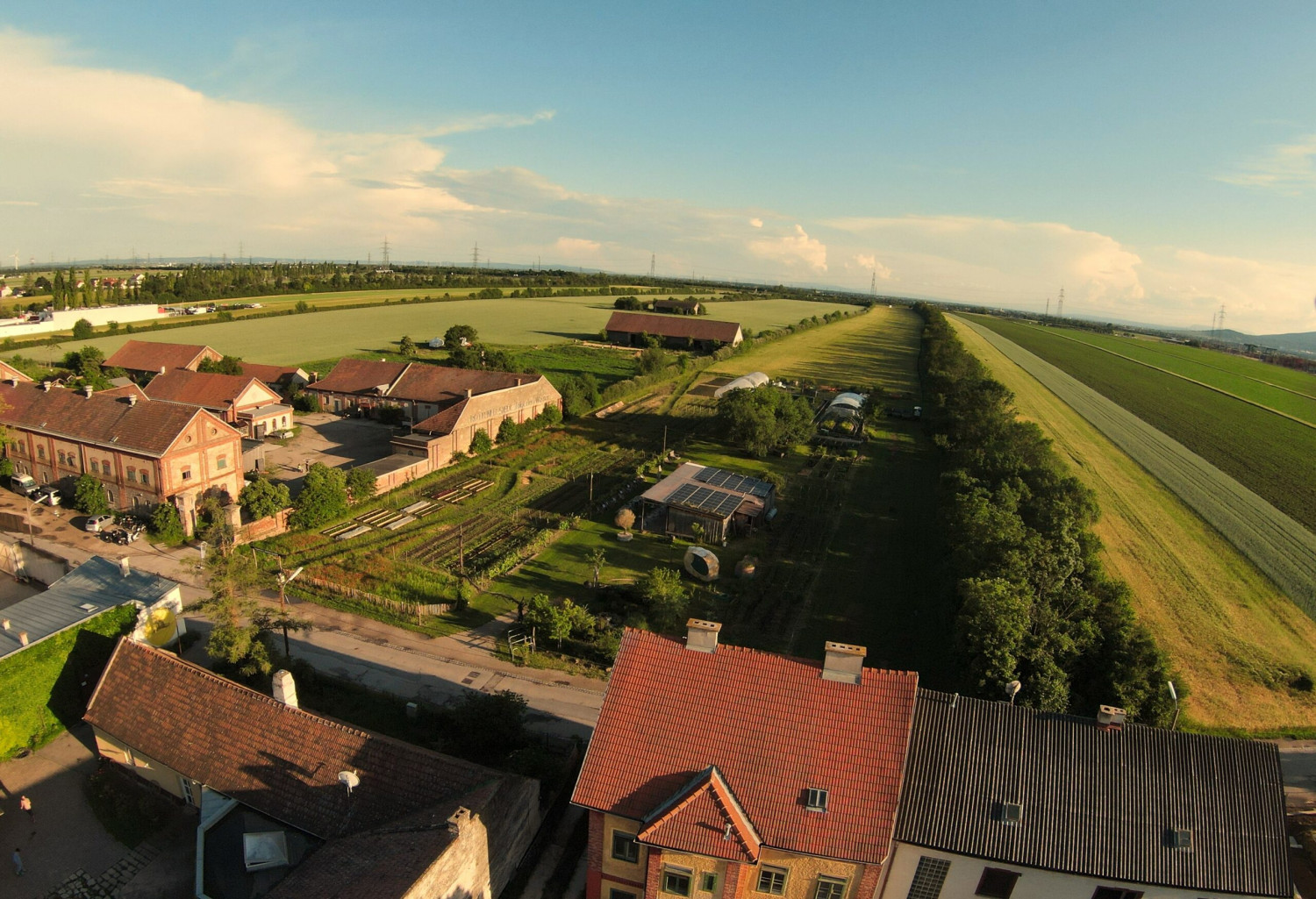
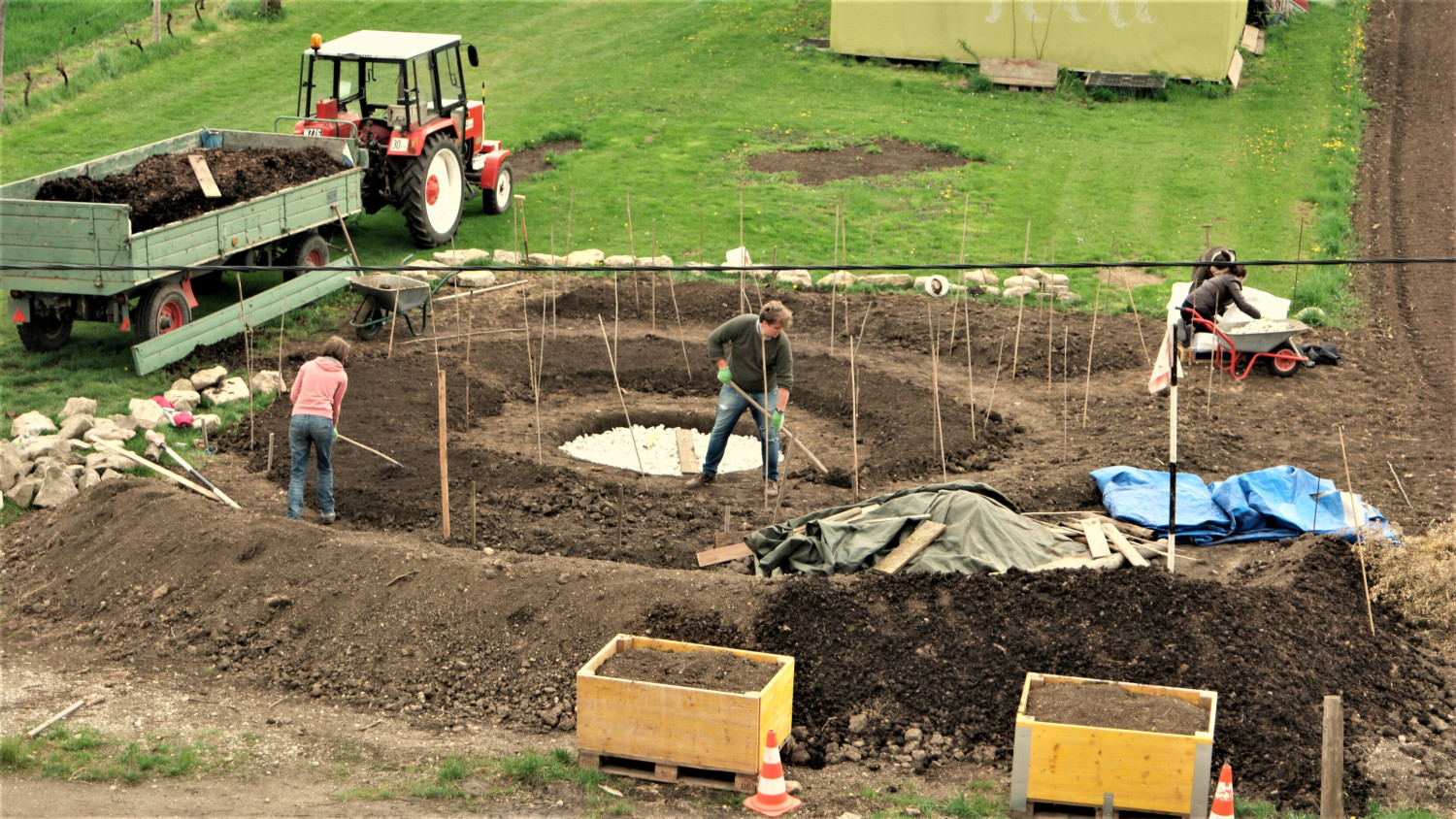


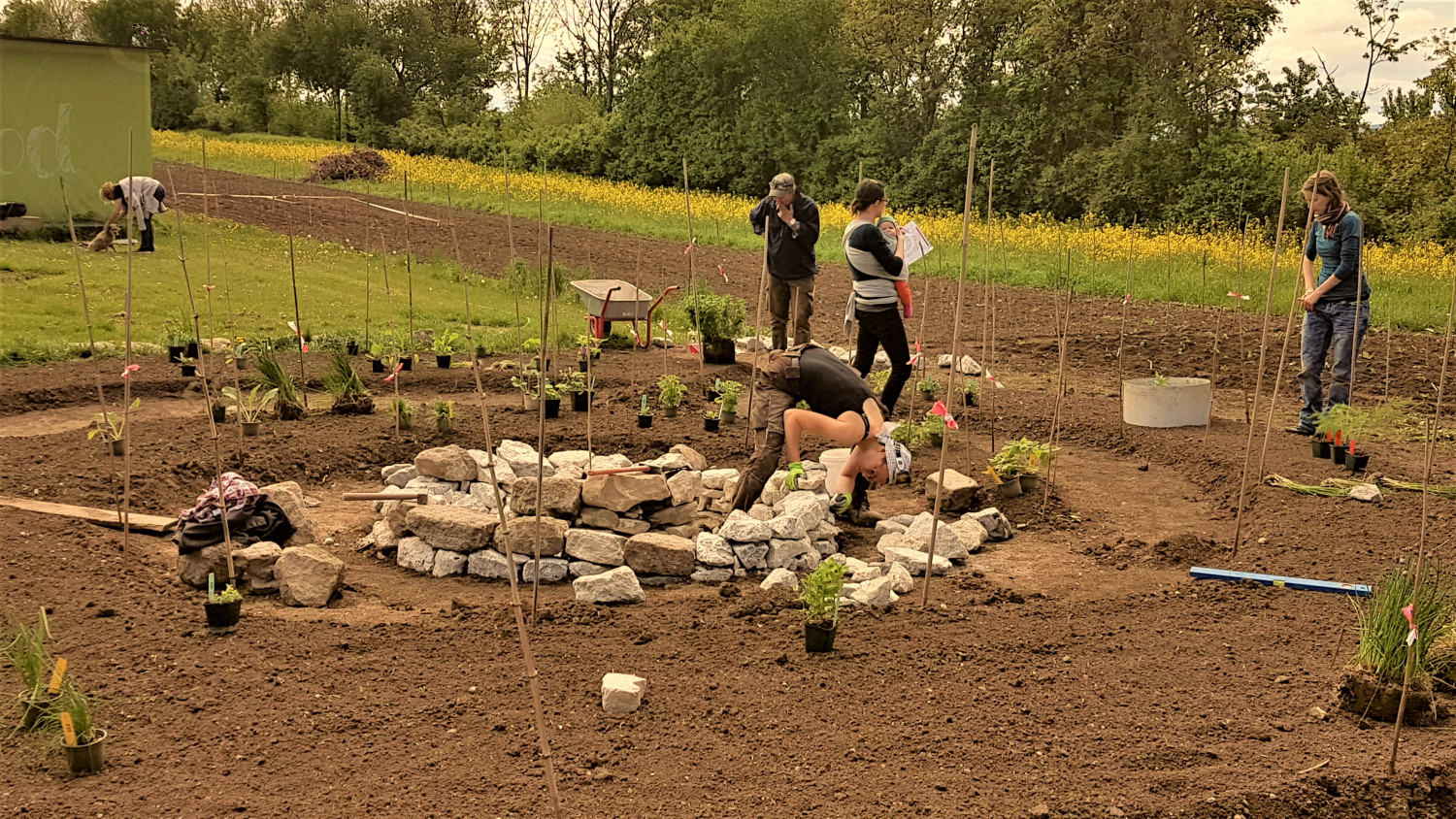
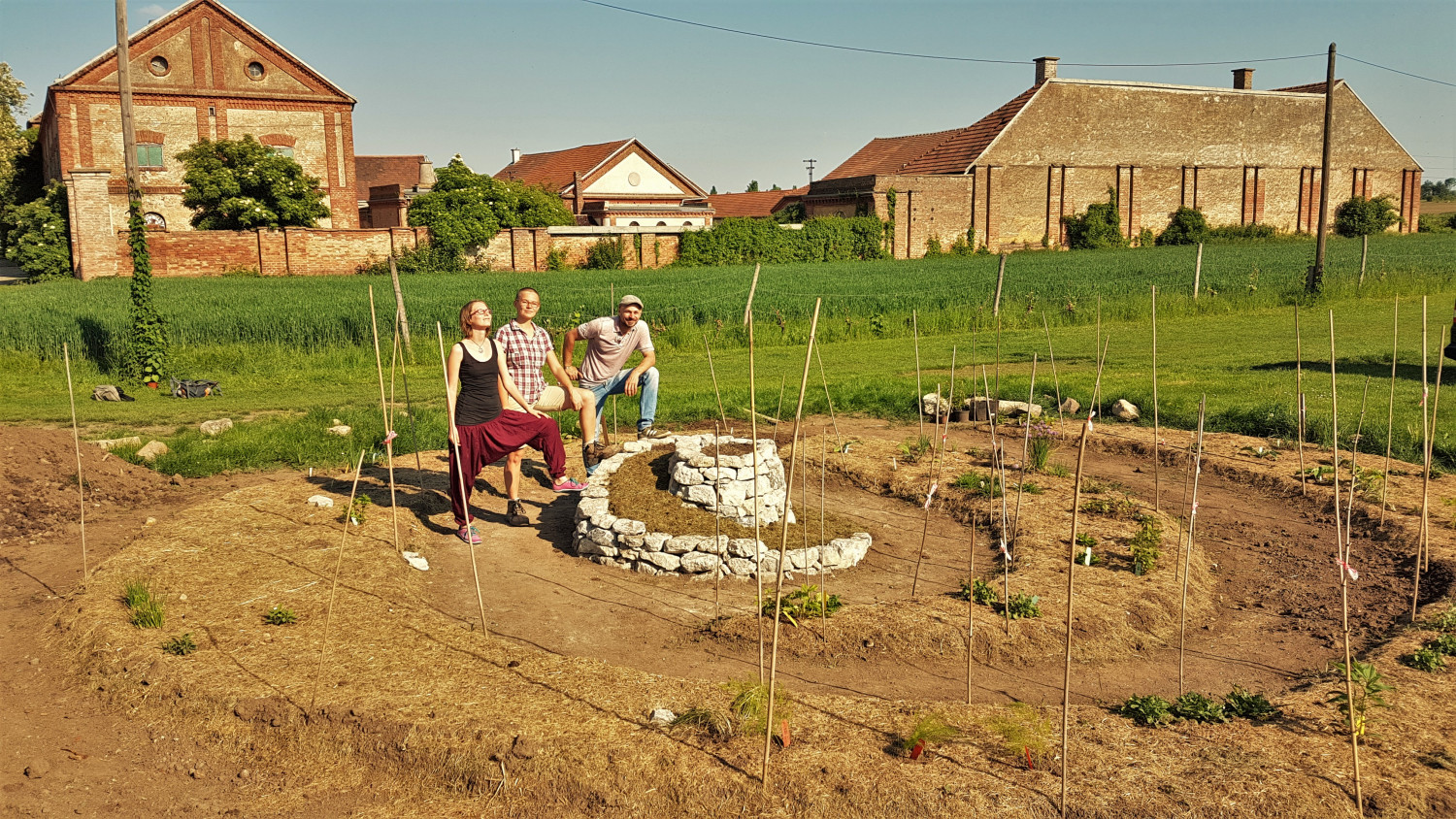
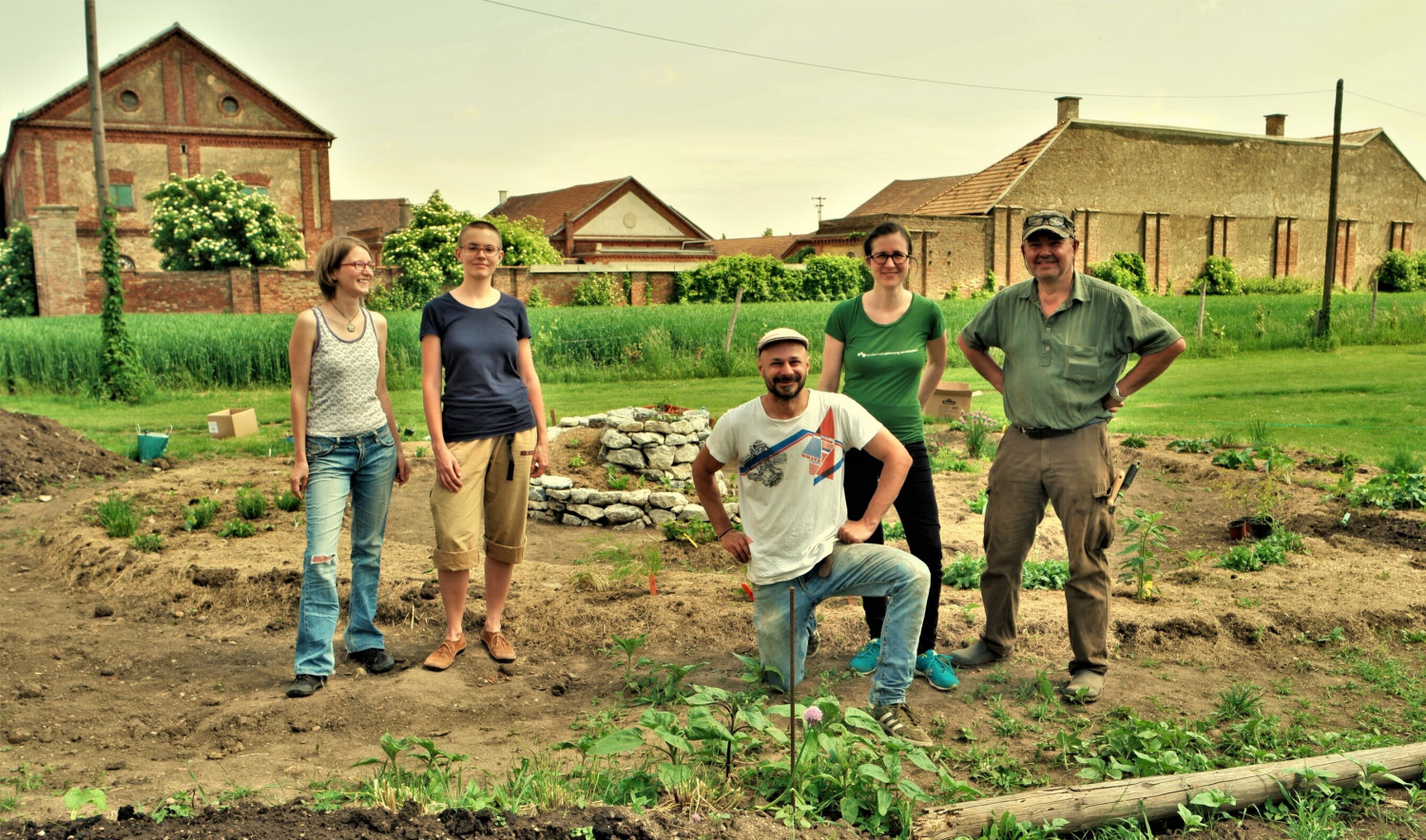
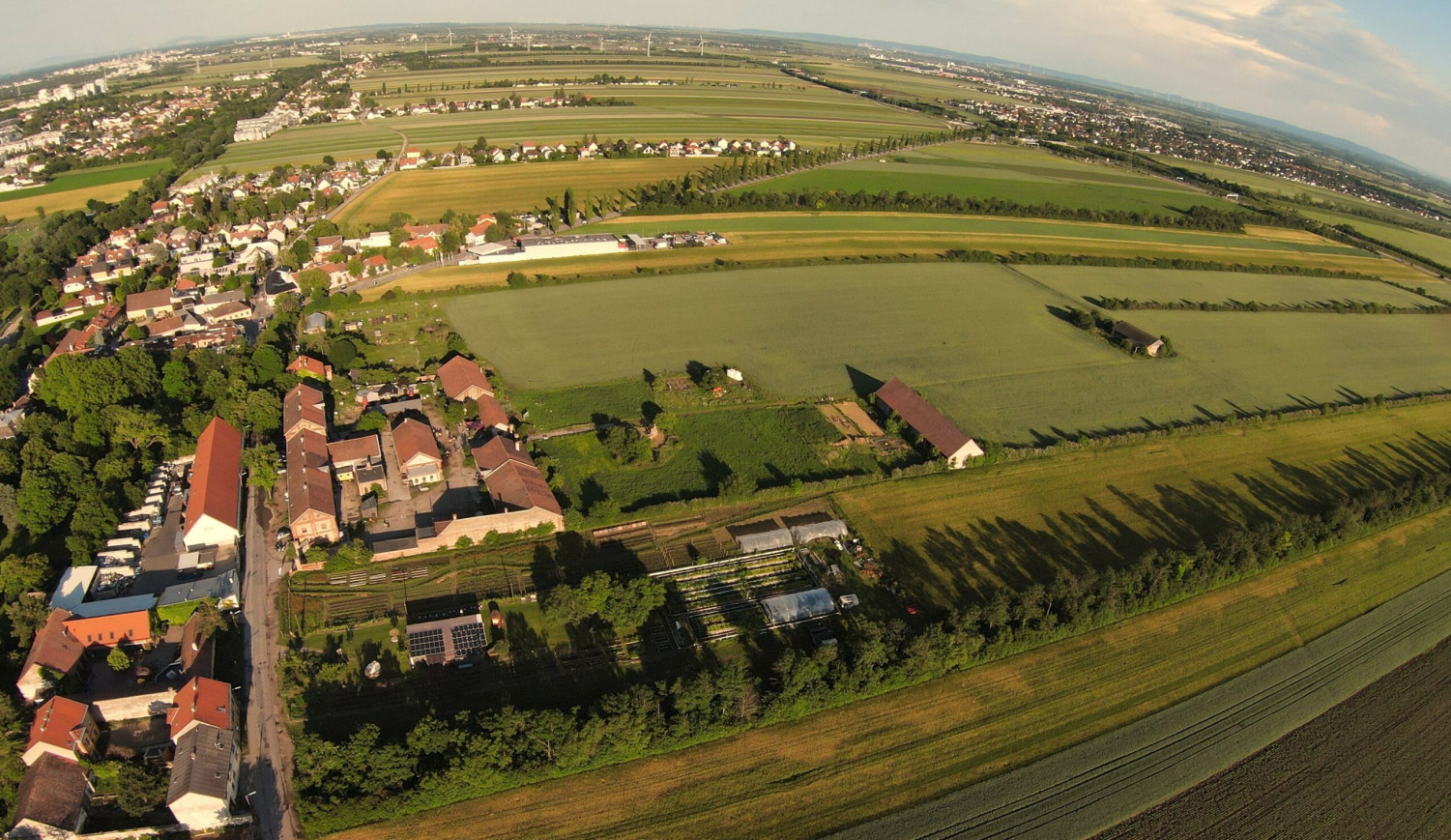






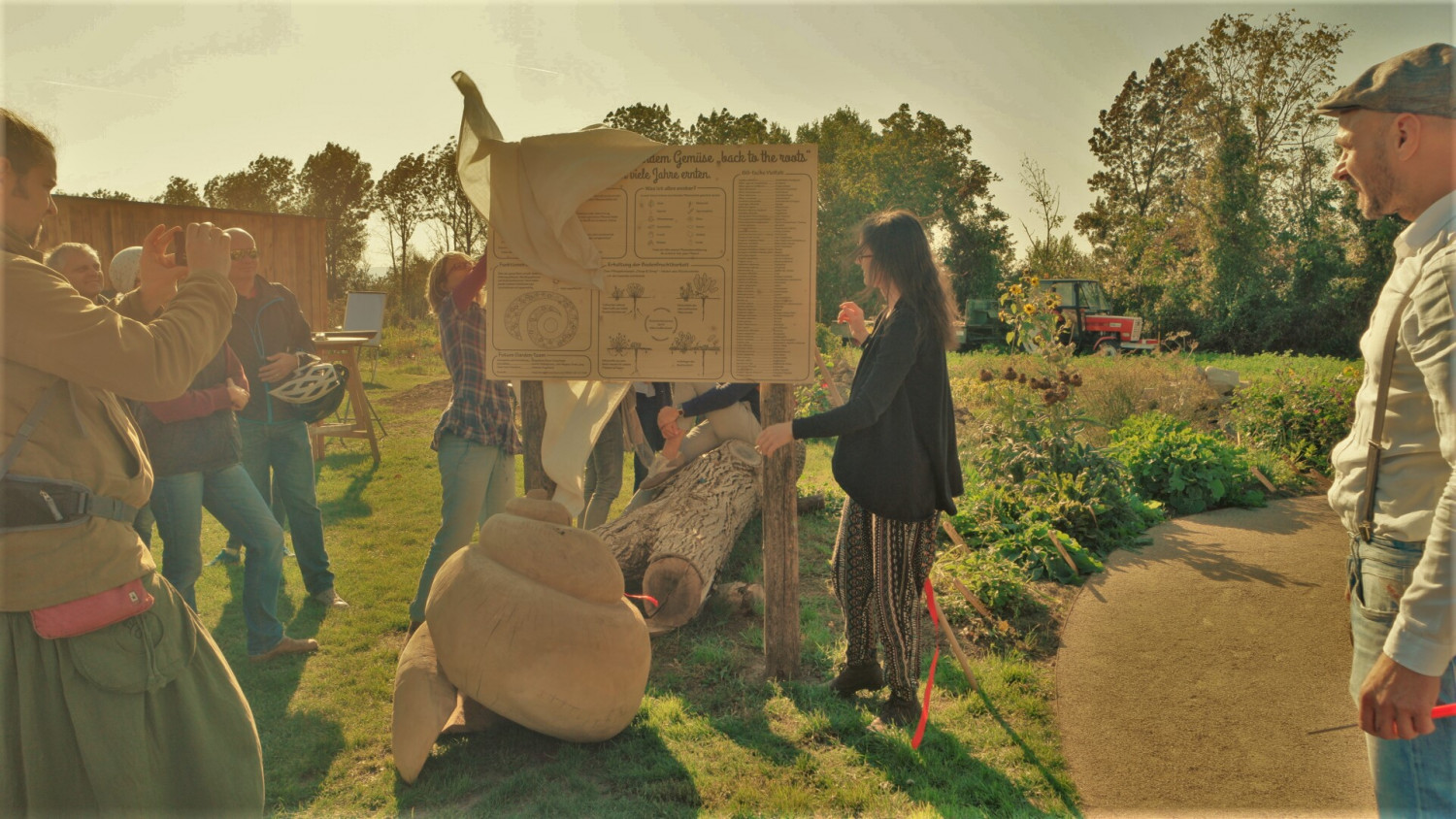
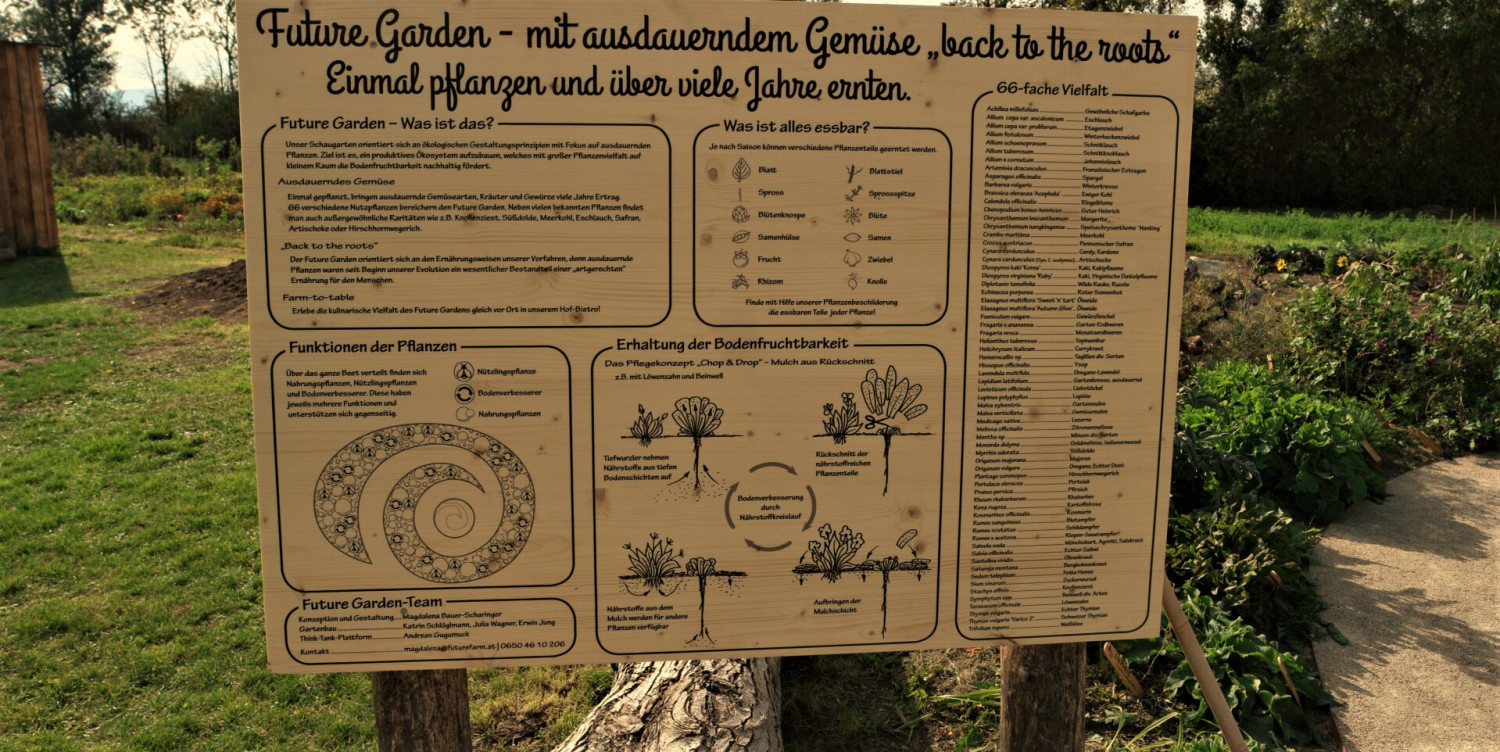
 Als ein wichtiger Bestandteil des Future Gardens wird ein Waldgarten entstehen. Waldgärten bestehen aus ausdauernden Pflanzen (Gehölze und mehrjährige krautige Pflanzen) und selbstaussäenden einjährigen Pflanzen, die einen direkten (Nahrung) oder indirekten (z.B. Nützlingspflanzen) Nutzen für den Menschen haben.
Als ein wichtiger Bestandteil des Future Gardens wird ein Waldgarten entstehen. Waldgärten bestehen aus ausdauernden Pflanzen (Gehölze und mehrjährige krautige Pflanzen) und selbstaussäenden einjährigen Pflanzen, die einen direkten (Nahrung) oder indirekten (z.B. Nützlingspflanzen) Nutzen für den Menschen haben.